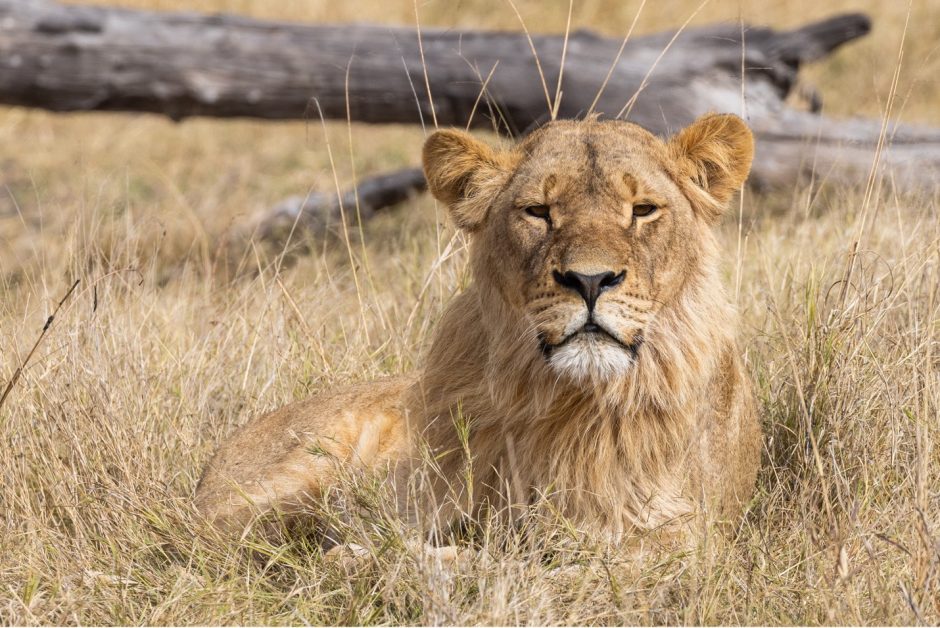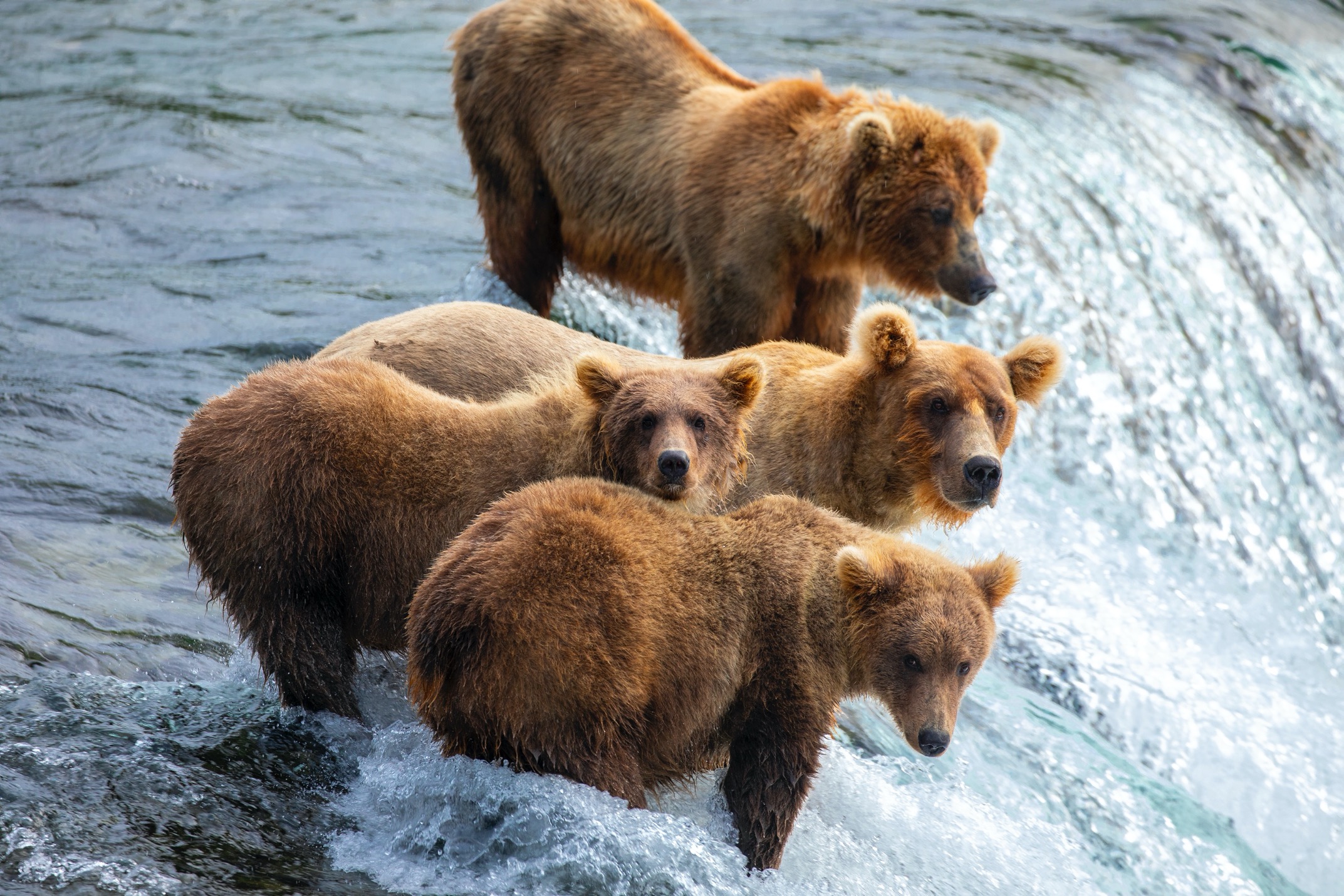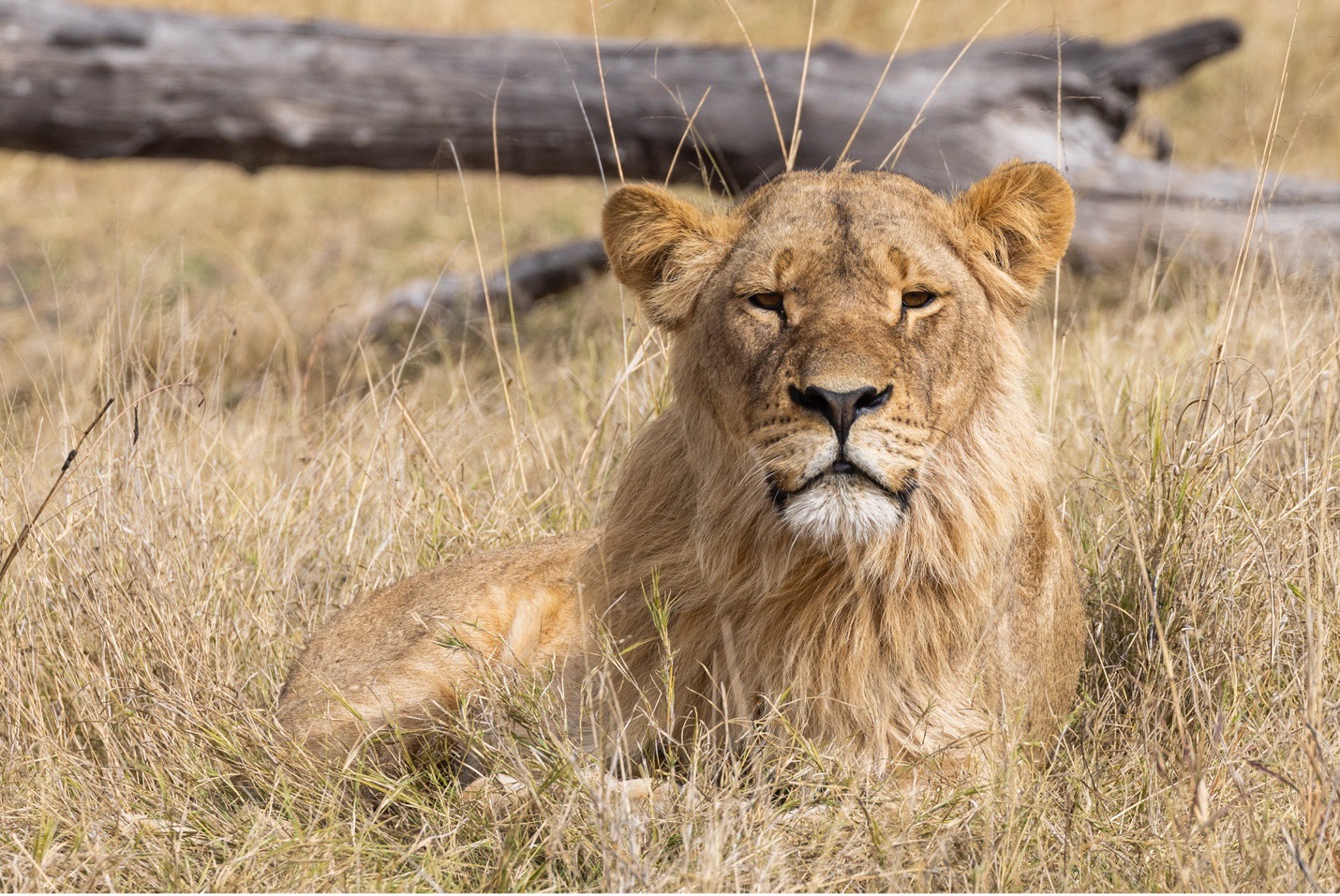
How to Choose the Best Telephoto Lens for Wildlife Photo Adventures
In the world of wildlife photography, a trusty telephoto lens is more than just a necessity…it’s the cornerstone to nearly all of your photography. But there are so many styles to choose from these days, each with different features, and more coming onto the market all the time.
Well I’m here to distill the myriad of choices and information in what I believe to be the most critical components in choosing the lens that is best for you. This goes for choosing a lens to buy, as well as the right lens for a specific wildlife photography trip you might have in mind.
If you want to get ready for your next nature photo adventure, read on for a deep dive into how to choose the best telephoto lens for all of your wildlife photography.
Maximum Focal Length
The first characteristic of the best telephoto lens is a pretty obvious one, but it still has many nuances and variations. The maximum focal length refers to the greatest magnification power it holds.
We usually see telephoto lenses begin at the 200 or 300mm range. But frankly with new technology, it’s becoming extremely reasonable to have something at 400, 500, and 600mm as your maximum focal length.

In general, the more the better when it comes to telephoto power. Believe it or not, but even a hefty 600mm only equates to something around 12x “zoom” if thinking in the point-and-shoot equivalent. Thus, a 600mm isn’t necessarily overkill, as long as it is indeed a zoom lens, meaning that it has a range of focal lengths and not just “fixed” at the one number. We’ll get to this next, but just keep this in mind for the moment.
Each wildlife encounter is going to be unique in terms of focal length needed. However, telephoto lenses that max out at 200 or 300mm are rarely going to cut it, unless it’s a very specific wildlife encounter where the animals are somewhat habituated to humans. Gorillas in Uganda and Rwanda come to mind, as well as some lemur photography in Madagascar, and certain species of wildlife in Botswana. But for nearly everything else, you’re going to want at least 400mm.

And again, whether you should go with a lens that gets you to 500mm or 600mm comes down to whether your lens can zoom in and out and give you a range of focal lengths.
Let’s dive into that now, as it’s a very important facet of telephoto lens choice.
Focal Range
The focal range of your lens is simply the range from widest to most telephoto. For instance, a 100-500mm lens has a big range, all the way from its widest at 100mm to the impressive telephoto power of 500mm. Hence, these are often called “zoom telephotos” vs. “fixed telephotos” that only have one number (i.e., they are fixed at 500mm).
Zoom telephotos are far more common in the world today, so it’s usually the exception that you will seek a prime or a fixed focal length lens. As the term conveys, if you go with a fixed lens, you can only shoot at that one range…you can’t zoom in and out. We’ll come back to this concept at the end of this section, as there are indeed merits to these.
But the key thing here is that a zoom telephoto is more versatile—plain and simple.
If you are in the Arctic tundra photographing polar bears at, say, 30 yards away, you might be at 400 or 500mm to get the shot you are envisioning. However, what happens if that bear is walking toward you such that it gets within feet of you. Well, this would be fantastic, and fortunately when going on a special polar bear photo trip you’ll be in an above-ground polar rover to keep you safe. However, you’ll likely want to continue taking photos as the bear approaches, zooming out every few shots so that you can get more in the frame than just the bear’s ear, for instance.

Nowadays, most camera manufacturers are coming out with their own “super zoom telephotos” that give you a 100-500mm, 150-600mm, or 200-600mm range, which is absolutely fantastic.
Just like the maximum telephoto length from the previous section, the bigger the range, the more versatile it is. However, telephoto lenses with such ranges aren’t all apples to apples. There are a few key attributes you want to examine next to make sure you aren’t sacrificing anything major by going with a big maximum length and a big range. Principally, we’re concerned about aperture.
Aperture
If the word aperture is somewhat new to you, I’d recommend you take a little time and read my full article on apertures here.
Essentially, though, aperture is your f/number and it corresponds to two major facets of photography. First, it gives you that beautiful shallow depth of field so coveted in classic wildlife portraiture.

Second, it allows you to get more light in your scene, enabling you to shoot at faster shutter speeds and push the limits on the time of day that you photograph (i.e., if you can get better photos at the dawn and dusk times of day, which can be excellent for wildlife photography)
This is the key point here—the more telephoto power you have in a lens, the more likely your “maximum aperture” (aka smallest f/number) is going to be at a higher number. That is, a 200 or 300mm lens might allow you to go down to f/4, whereas a 500 or 600mm lens may not go lower than f/6.3 or f/7.1. This has to do with the amount of precision and quality that goes into the lens construction, along with total number of lens elements, and all sorts of things that would make these zoom telephotos waaaay pricier than they already are, and/or much larger lenses if they all got down to, say, f/5.6, f/4, or even f/2.8.
But this is just a fact of life—even the top level super zoom telephotos these days make you sacrifice when it comes to aperture. If you want a zoom telephoto that gets you to 500 or 600mm, be ready to have f/6.3 or f/7.1 as your lowest f/number.
This is where some calculation and planning comes in. For your next wildlife photography session, which do you need or want more? All the telephoto power you can get? Or, given the animals you’re photographing, can you get away with a little less telephoto power but in doing so get a better aperture?

For instance, on an African safari in Botswana, you will likely get quite close to many species of wildlife. While a 500 or 600mm lens is great, you may want to consider aperture equally when making your decision. This is because in Africa, animals can move quickly, so a better aperture (smaller f/number) will allow you a faster shutter. Also, dawn and dusk photography can be extraordinary in Africa, and a lower f/number enables such shots in cases when a higher f/number just won’t work.
Thus, there are indeed times when you might think about using a 300mm f/4 or a 200mm f/2.8, simply because you need that lower aperture. Sure, a 400mm f/2.8 would be fantastic, right? But this comes at a cost. Let’s talk about that next.
So we’re circling around back to the idea of these “big primes” as they’re called. These are lenses that are fixed focal length. This isn’t inherently a good thing, as range and versatility is great. However, what they lack in range, they make up for with aperture. If you get a big telephoto prime, like a 300, 400, or 500mm, you’ll often find that their aperture is f/2.8 or f/4. Significantly better than with the 100-500mm zooms that are f/7.1!
However, these lenses are often two to three times the size of their zoom telephoto equivalent, and usually three to four times the cost. Thus, while these are great lenses, just keep in mind there is a trade-off.
Image Quality
Image quality is a huge factor to think about when getting the right lens for you. But it can be confusing, as you might see two name-brand lenses at very similar focal lengths and ranges, and very similar apertures, but one is two to three times the price. This is a classic case where you get what you pay for.
For most camera manufacturers, like Canon, Nikon, Sony, and Olympus, they have two levels of lenses—introductory and professional (they all have their own names for this delineation). But typically, you can figure out which is which by price. Most introductory zoom telephotos are going to be in the $500-$900 range, whereas their professional grade lenses will be in the $1300 to $2700 range.
So, what do you get with this higher price tag? Well, simply put—quality and sharpness. If you start reading specific lens reviews, you’ll see many, many qualities they test for, including contrast, refraction, light transmission, and lots of stuff that may not mean that much to you. But I can tell you, sharpness is an instant realization. Sharpness is the essence of photography, so the sharper the lens the better.

Perhaps the biggest benefit to getting a higher quality and sharper lens is that you can crop in more after you take the shot—as you process the photo on your computer. This effectively gives you more telephoto power, because the image will retain its sharpness and quality as you crop in (there of course is a limit, but a better lens will allow you to crop more aggressively).
This is another area where the big prime lenses shine. Not only is their aperture rating better, but they are almost always sharper and just better in most ways. Again, though, I don’t personally believe a big prime lens is the right choice for most photographers, especially when hiking or luggage size and weight is an issue, as it can be with lots of international wildlife photo adventures.
Build Quality
Last but not least, build quality usually goes hand in hand with image quality. As you upgrade to better lenses, they’re going to be built better. Many are weather and dust sealed, made of metal vs. plastic, and come with accessories like lens hoods and tripod mounts.
Not only does a better build quality keep your lens safer, but it helps tremendously with resale value. Thus, you’ll find that apart from the higher upfront cost, the better lenses actually don’t cost you much more in the long run, as they almost always can be sold for 60-70% of their value.

And there you go! Lots of information on all facets of lens selection when it comes to telephotos and wildlife photography. You’ll notice that I’m biased toward getting the higher quality gear, and that may not be for everyone. But with your new knowledge here, you can make an informed decision at every step of the way, whether it’s picking out your new go-to lens to purchase, or simply choosing amongst several you already own for a particular trip coming up.
Cheers, and hope to see you out there!

Court
Leave a reply